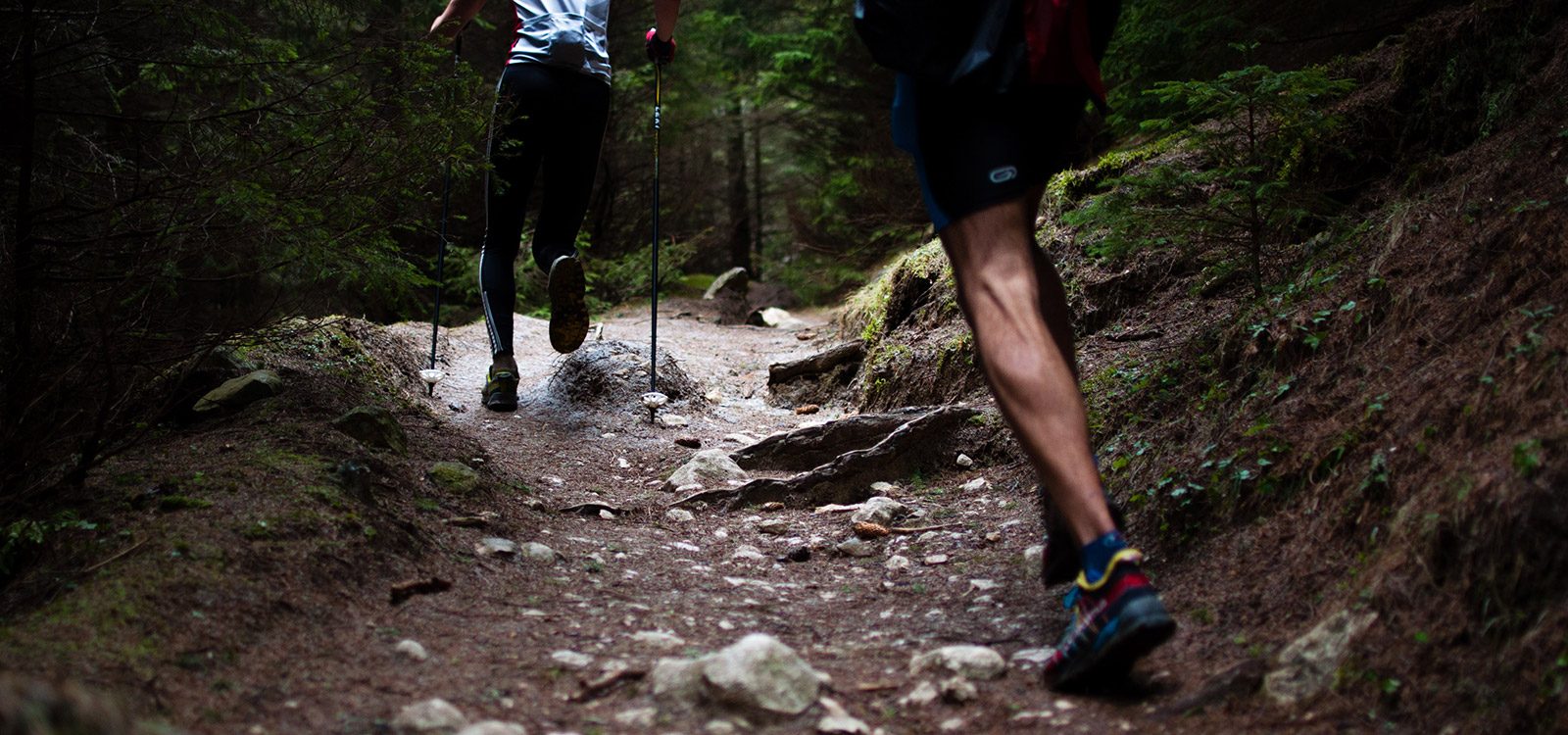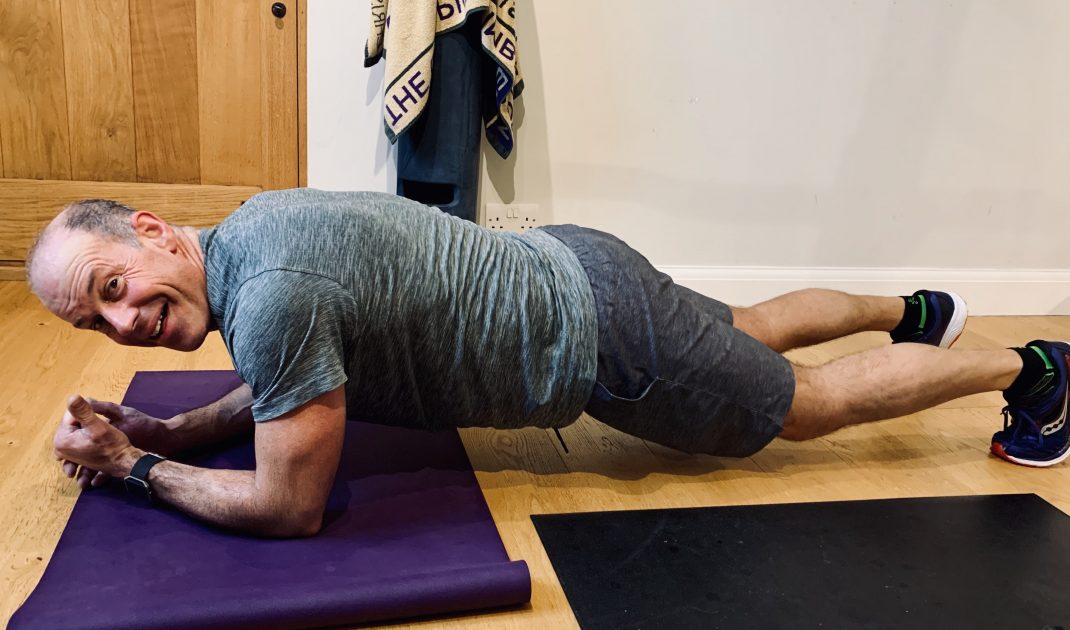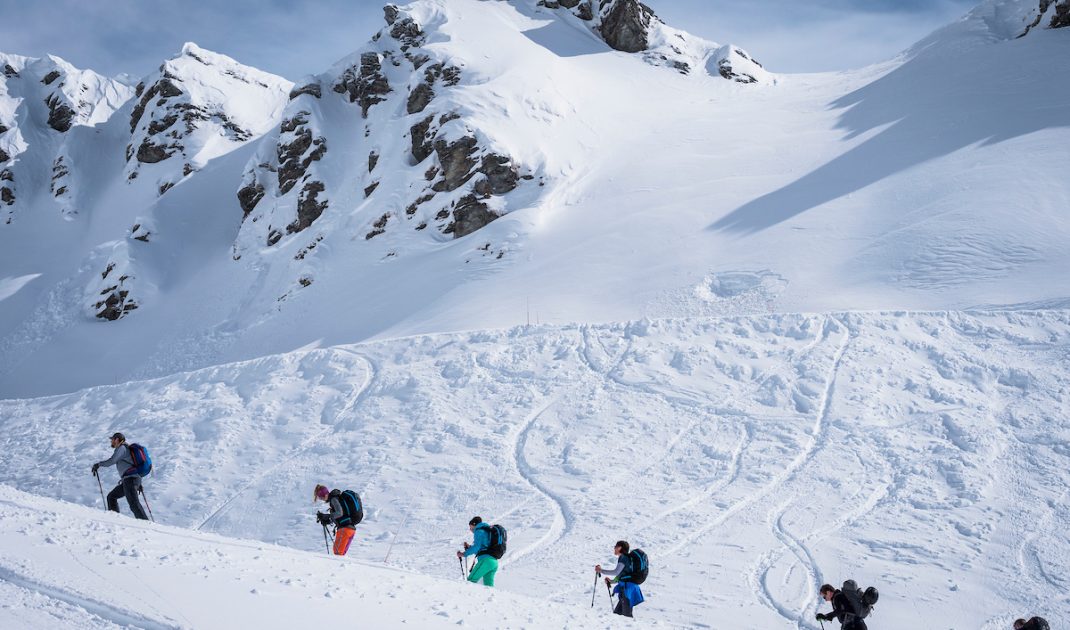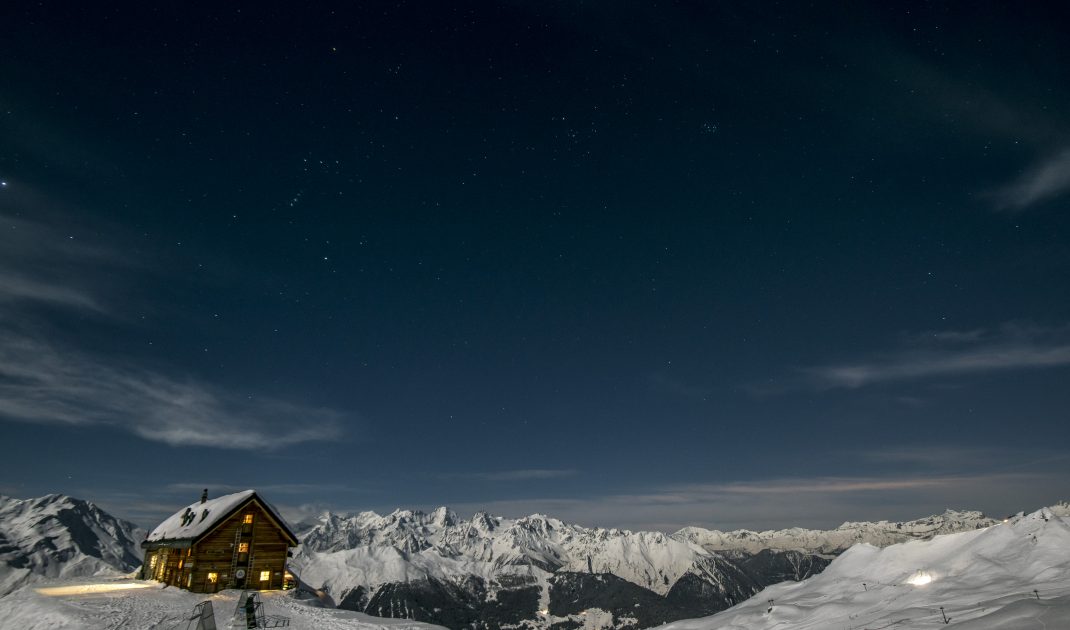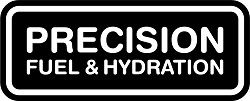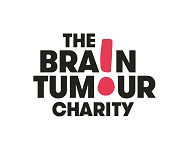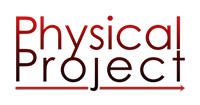Meet Shaun Brooking: Shaun Brooking has an Honours degree in Sports and Exercise Science and further certification in neural performance training. He works with endurance athletes, and what he calls the ‘office athlete’. Everyone who uses their body, is an athlete. He enables clients to connect with their bodies and improve their biomechanics to decrease injury, prevent pain and live sustainably.
The Physical Project team contacted me at the last minute to join the recovery team for EIA 2019. What a privilege to be part of this incredible event! As a movement coach, I help athletes perform at their best, with minimal cost to their bodies. If you train correctly, you can race, recover and live in a balanced, sustainable way. After all, you need your body for more than just the race! Here’s how we do it:
Preparation
For an endurance race, planning and conservation is everything. It is not simply about reaching the end-goal, but intelligently strategizing each leg of the race. Training is not merely ‘cardio and strength’: the movements you use in ski touring are very different to your day-to-day movements. So let’s plan accordingly:
1. Mimic the race in your training program.
For ski touring, your movements include lunging, upper body rotation with poles, hip opening and hip closing. Think about exactly how you will be moving in the race, and build your strength plan accordingly. It is best to mirror these as closely as possible through all the training modalities you choose.
For example, your strength training could look like:
- All body weight
- Lunging
- Walking lunges
- Step-up lunges with poles and cable rotations.
In week 3 or 4, you can add weights to these, increasing the training load. I advise seeking out some guidance from a coach, especially when adding weight training, to help keep your form correct, and load you systematically.
2. Stagger your mileage:
From a biomechanical perspective, the motion that stands out to me is the repetitive, cyclic nature of the event. This means you can develop a few niggles in your joints very quickly, if you do not gradually increase your mileage. Mileage is key: you need as much under the belt as possible before the event, but you need to build it up gradually.
For example: if you have never run a 5km, don’t start training at a 10km. You can break up what you have done before, and then gradually chunk it all together.
Unfortunately most of the athletes didn’t have the luxury of training in the specific environment of the race, the Alps. Most athletes trained by running, trail running, swimming and cycling. Of these, trail running probably prepares you the best, as you will need to navigate uneven terrain, face unpredictable weather conditions and do some incline and decline: very important preparation for those joints!
3. Cross train
This should be a big focus, and will be where you find balance. As I mentioned before, your training and the event are repetitive in nature (like running). Although this training is good at preparing the body, we also need to include some mobility training and counter-movements. These help to create balance, avoiding injuries and over training.
Examples:
Cat cow stretch. This spinal movement helps to mobilize your mid-back. Your mid-back can get very tight from using the polls and forward leaning. If your mid back gets tight, your lower back will compensate, and eventually become painful. We had several athletes with discomfort in their lower backs on the last two days, something you don’t want to worry about when you are tired, and just want it to end!
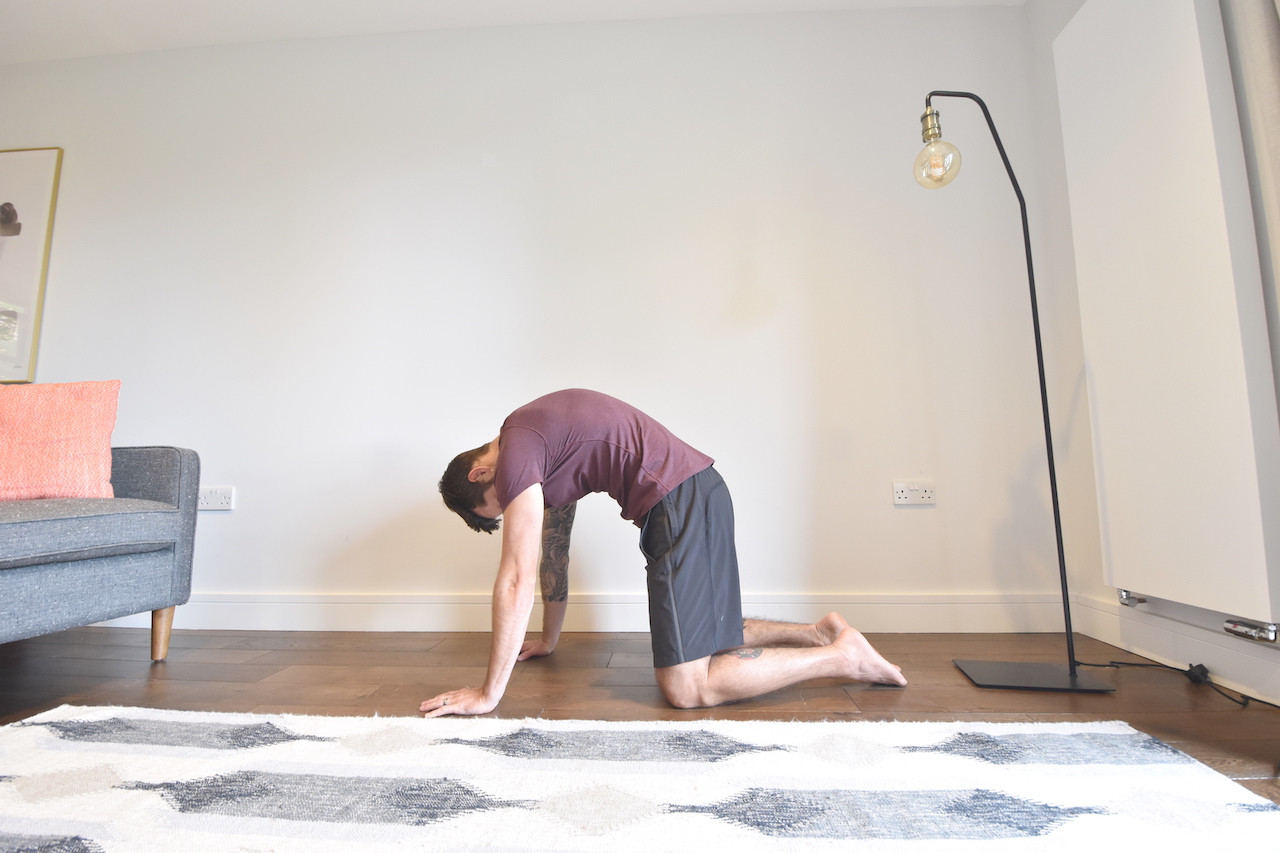 Cat stretch
Cat stretch
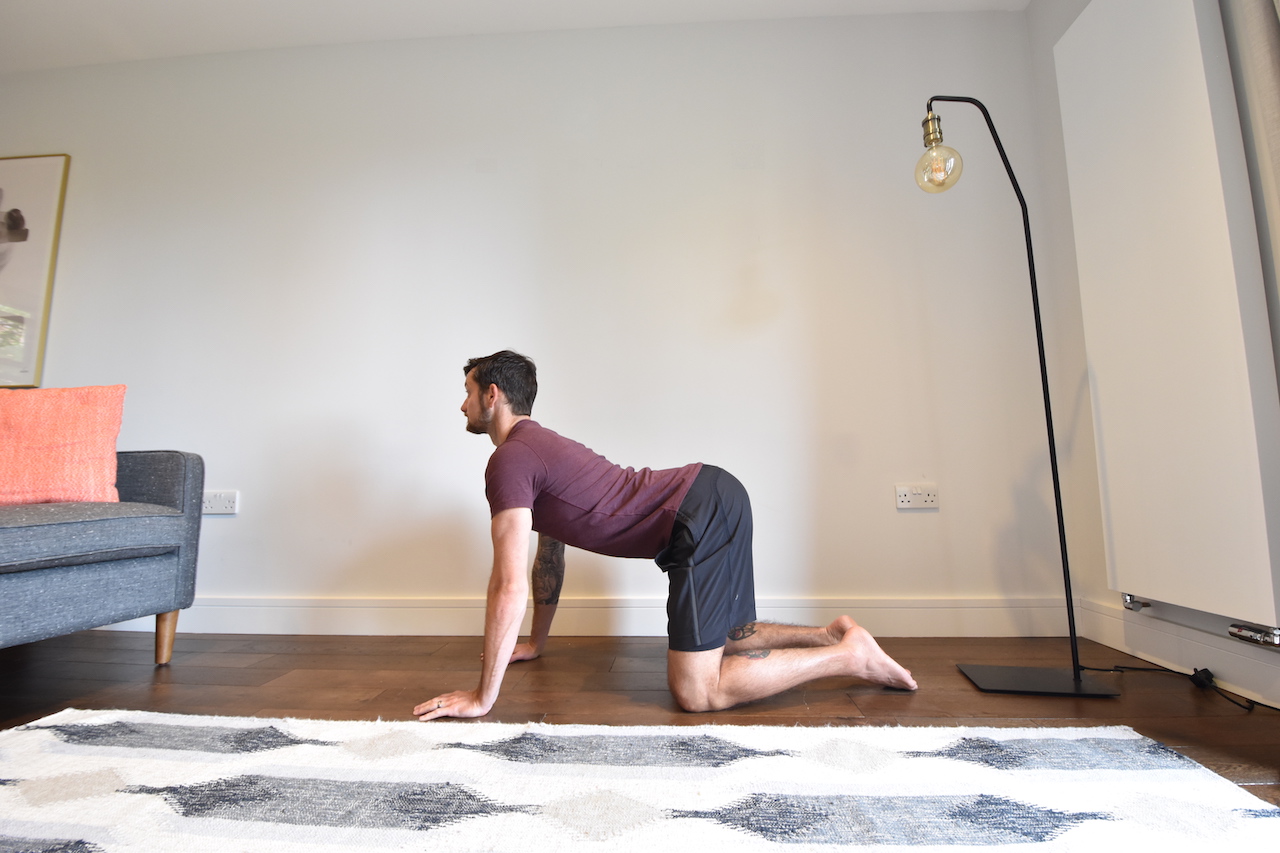 Cow Stretch
Cow Stretch
Lateral hip work will open up your hips in the front and back, relieving pressure in the joint. The hip joint can become seriously fatigued! Side lying hip circles and Cossack squats help build and mobilize the lateral compartment of the hips.
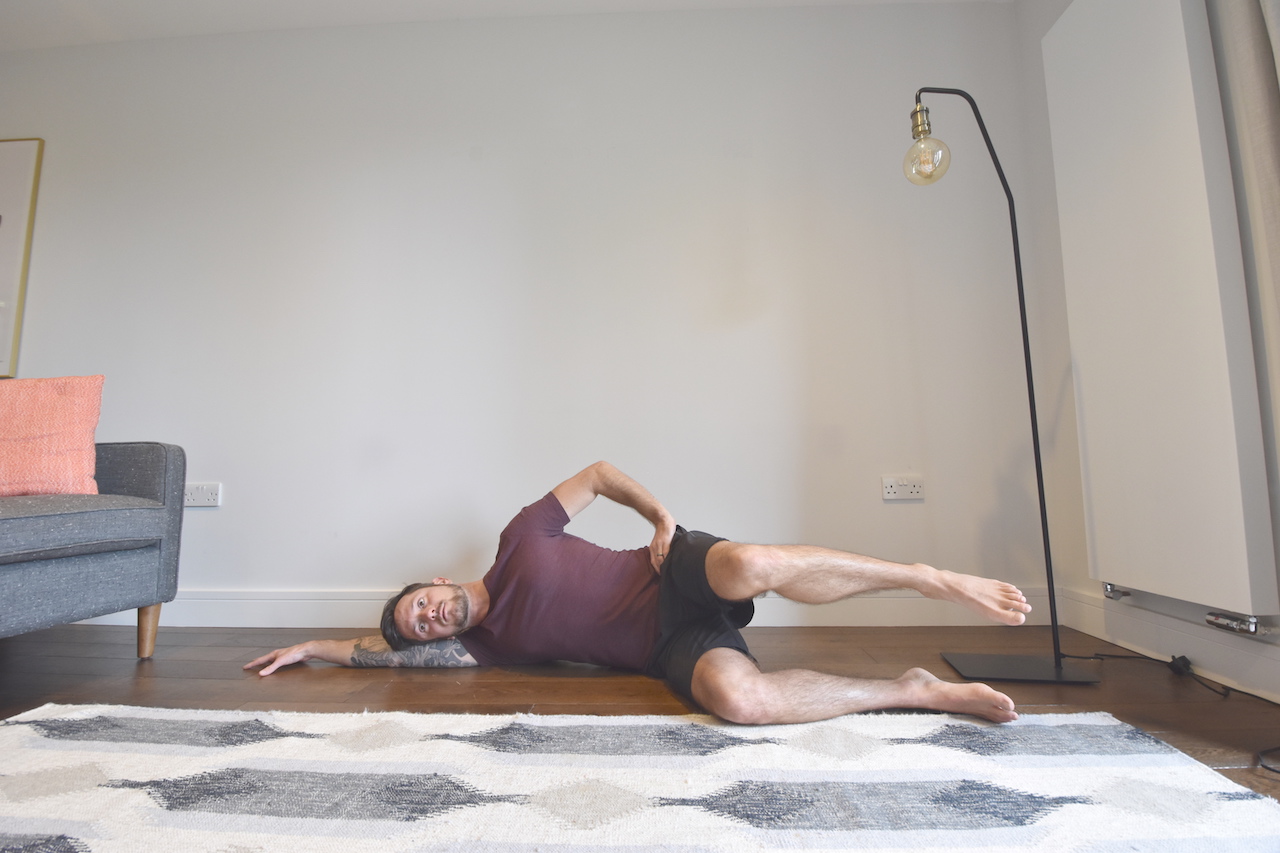 Hip Circle 1
Hip Circle 1
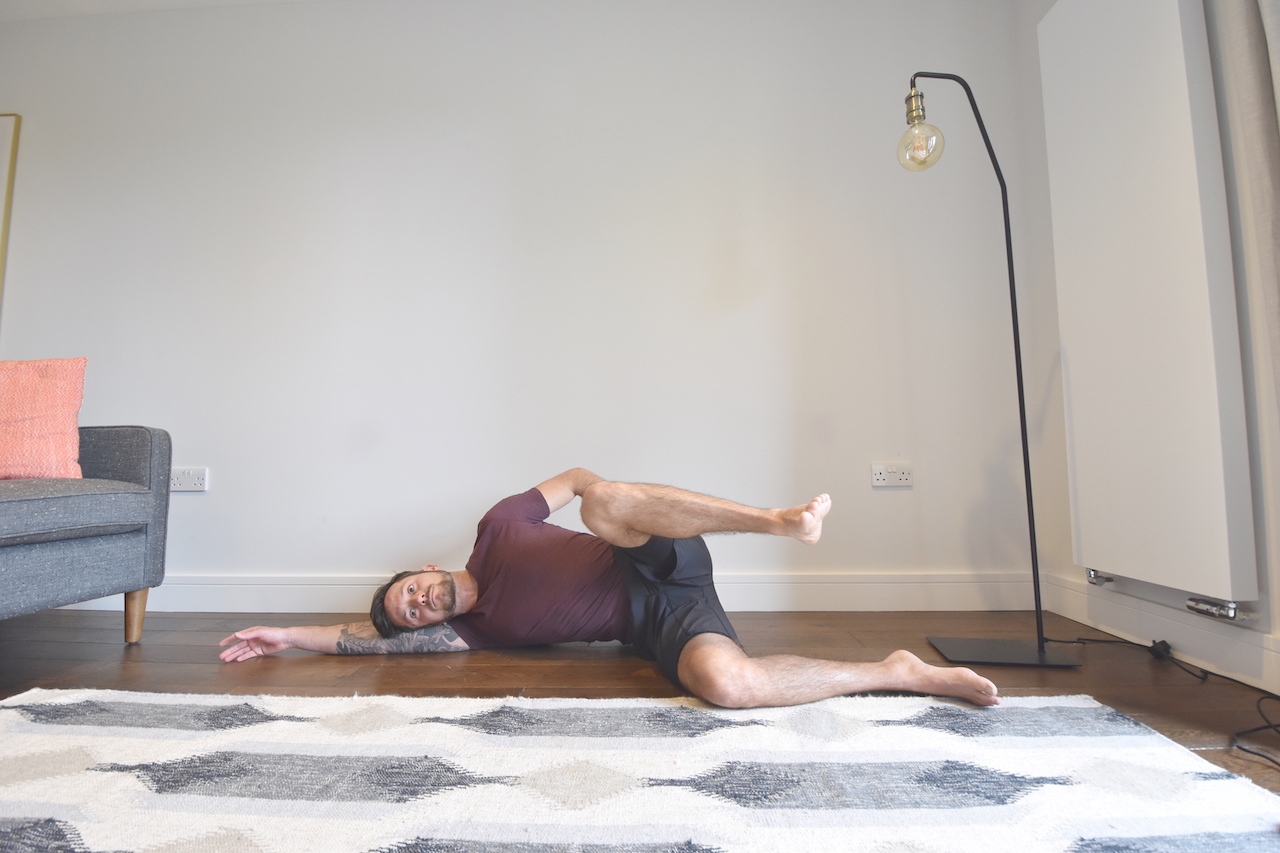 Hip Circle 2
Hip Circle 2
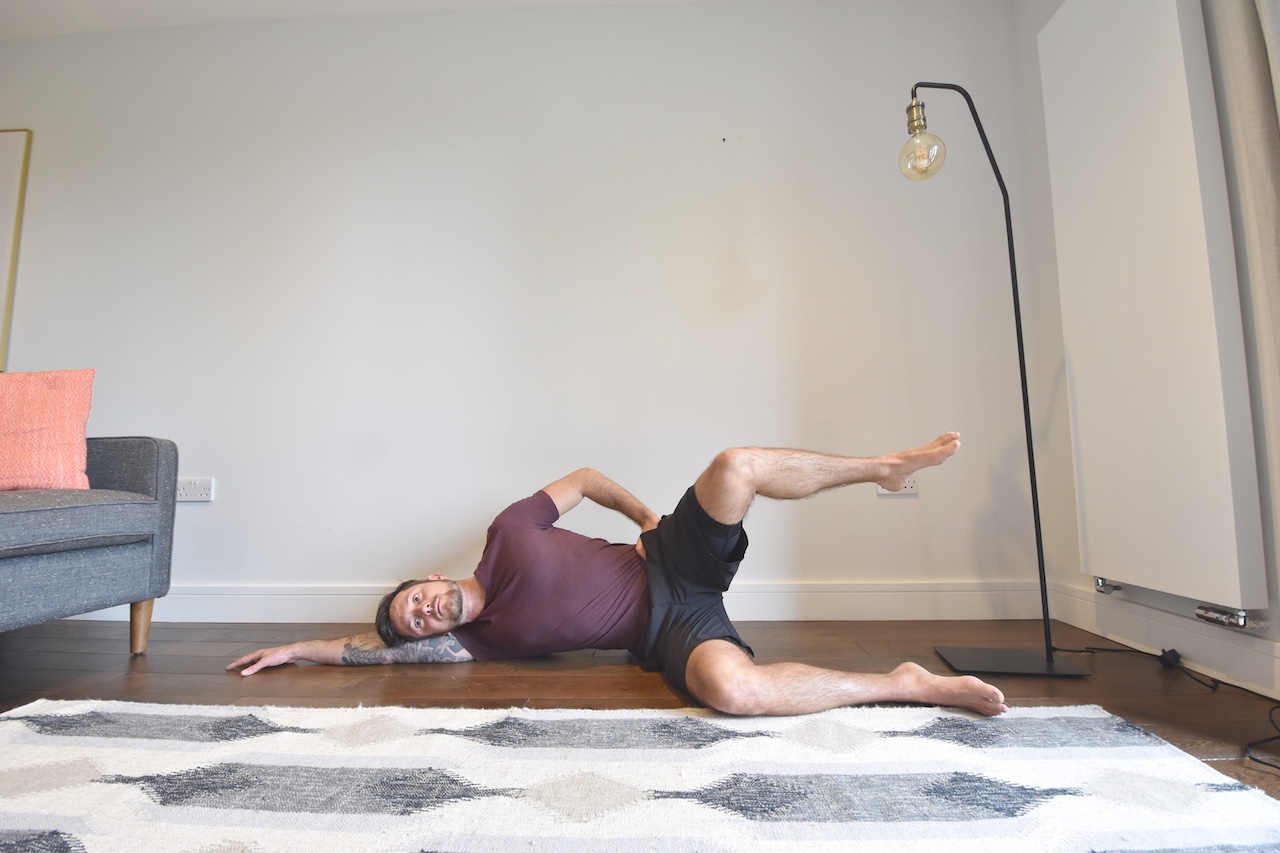 Hip Circle 3
Hip Circle 3
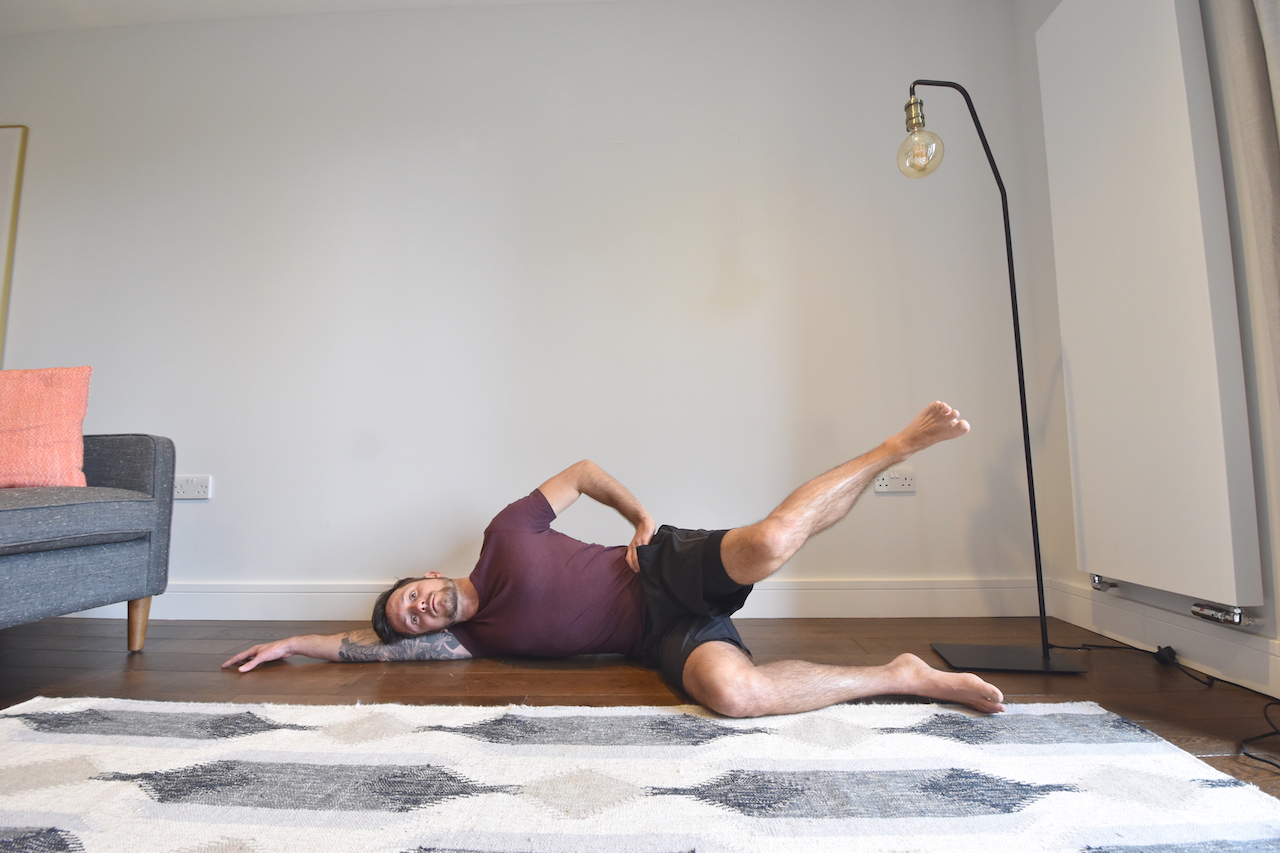 Hip Circle 4
Hip Circle 4
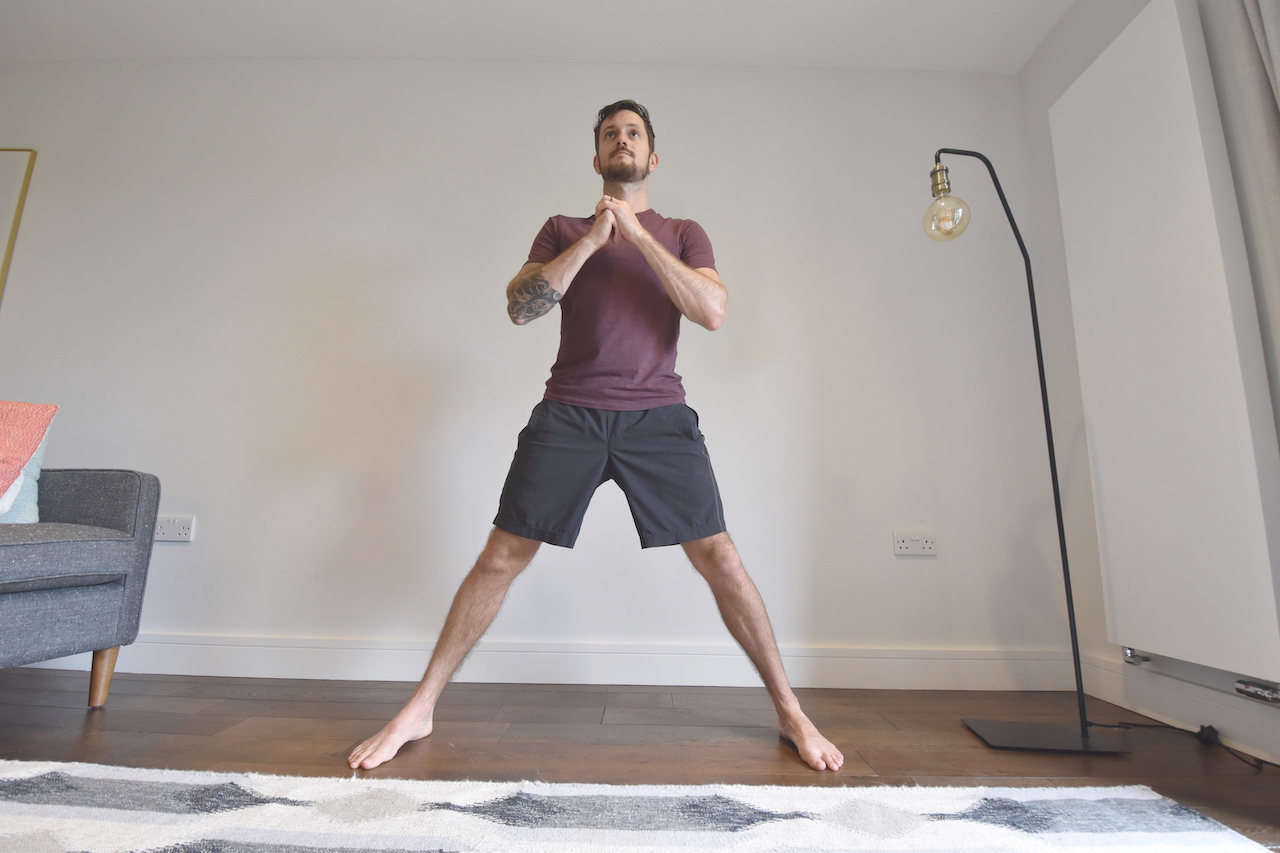 Cossack Squat
Cossack Squat
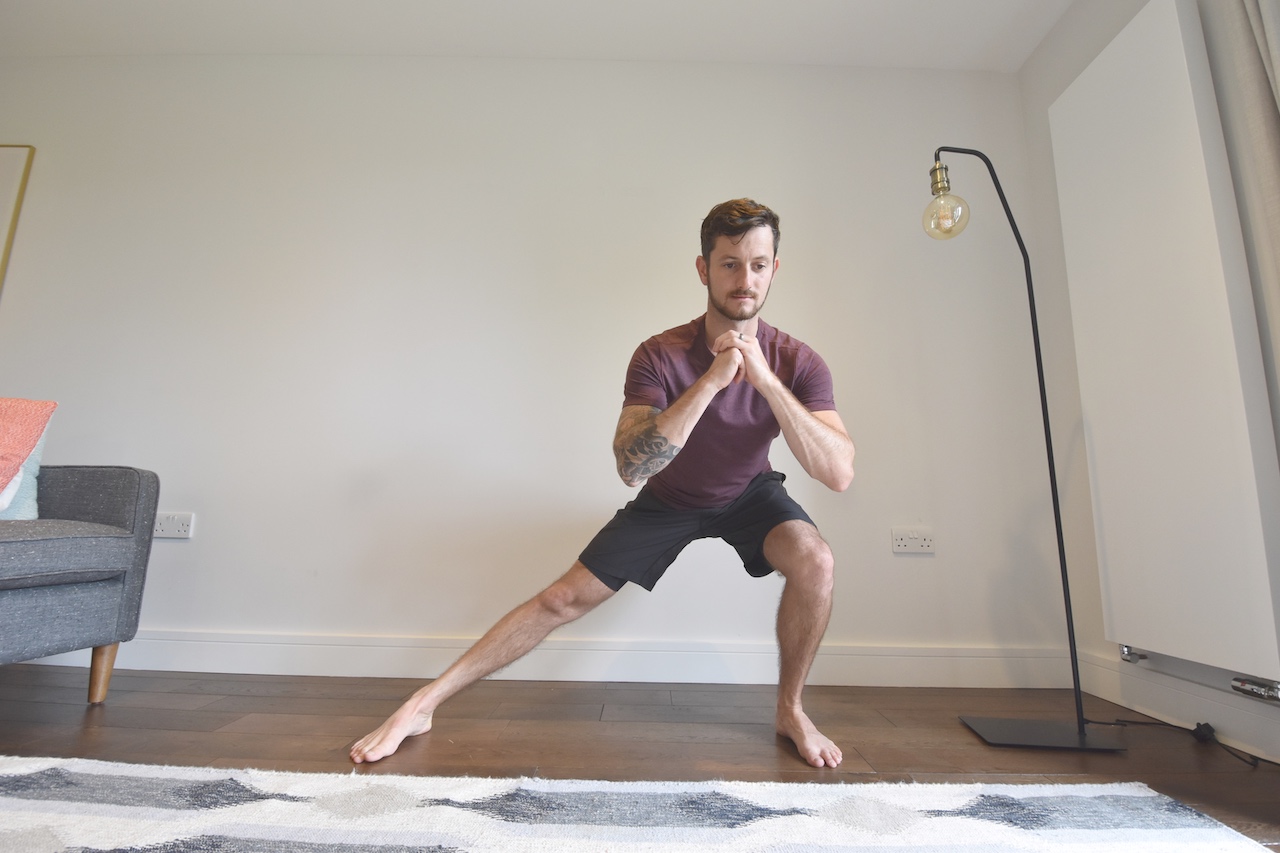 Cossack Squat
Cossack Squat
Recovery
Whist training and preparing for the event focus here, you should be looking out for signs of or to combat over training. Looking out for signs of insomnia, loss of appetite and head-aches are sign that your rest cycles don’t balance out the training load. Very important for endurance athletes.
I suggest you use a schedule, just like you schedule your training, to make sure that constructive rest is a priority.
- Some options for constructive rest, is to schedule time for naps, meditation and breathing. Connect with your body as much as possible. The better you are aware of how much rest you need, how much food you need, what your general energy-state is, the better you will regulate these. If you don’t notice changes in mood, energy, heart rate, it will be hard for you to moderate your training program.
- Some of the most useful tools include focused breathing sessions, mindfulness meditation, and cold therapy. You will know your training is on track when you do a longer session and you feel less exhausted or times improve, with less effort.
During the event
Before the actual event, try out certain foods and glucose supplements at home. Make sure they don’t upset your tummy, salt pills, hydration protocols tried and tested.
We had plenty of cheese this year, so the athletes were not short of any sodium. Massage time, more importantly, was a time for the athletes to have a chat, vent with their team mates and have a laugh. This really does help keep morale high, which is a necessity to stay motivated – especially when you are 3 days in.
The effects of the massage helps calm the nervous system down. The athletes have been battling the cold and physically ‘charged’ all day, so the massage is essential before heading to bed, to help aid restful sleep. (Make sure you have a healthy sleeping pattern before the race!)
My experience of the event
All in all, what a great experience of EIA 2019. Meeting an amazing group of people, the teams taking part, the guides, the organization team and the event itself, with a back drop of the Swiss Alps.
I remember the dinnertime stories from one of the guides. It made my competitive triathlon days feel like child’s play! We were all huddled like kids around a camp fire, in awe of the experiences of other team members. This made me appreciate, once again the amazing feats us humans are capable of – for ourselves and humanity.
Keep exploring, stay curious and surround yourself with people who create those ‘kids around the camp fire’- moments.
Shaun Brooking
BSportsSCI.Hons Human Performance
+44 7852 269950 | shaun@originalintent.co.uk
www.originalintent.co.uk
